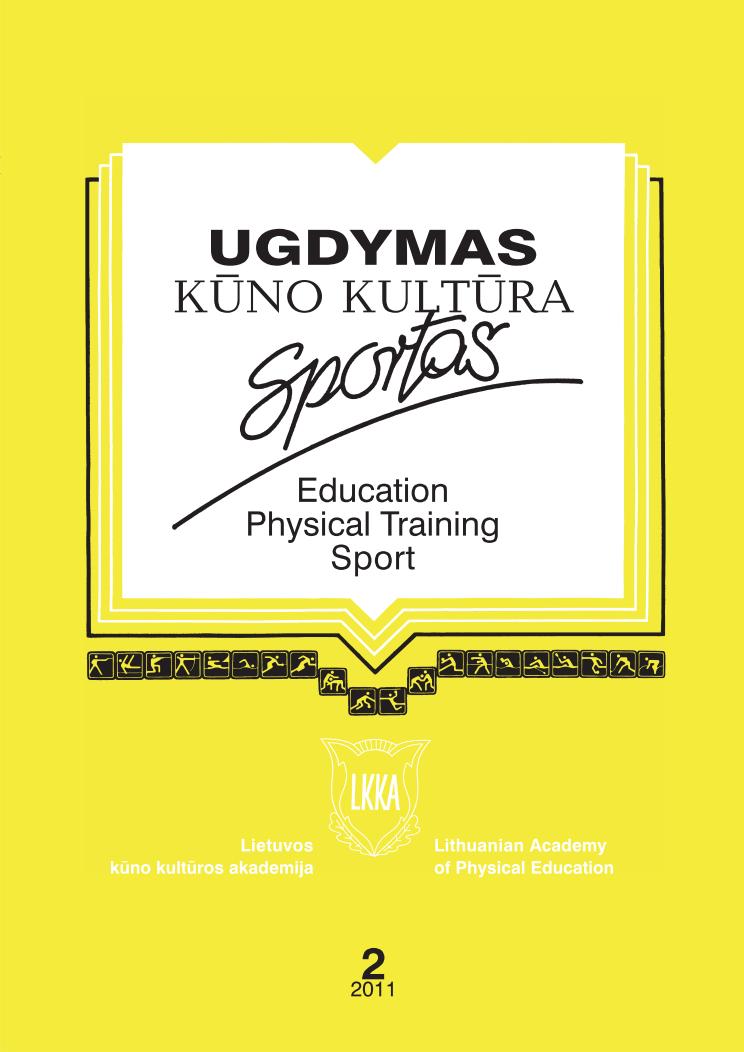Knee Muscle Torque and H:Q Ratio Changes before ACL Surgery and after Rehabilitation
Abstract
Research background and hypothesis. Anterior cruciate ligament (ACL) of the knee joint is often quite a
fragile structure of the knee. After the rupture of ACL neuromuscular control worsens and sensorimotor system
breaks down (Risberg et al., 2007), muscle activation is poor and muscle strength decreases (Croce, Miller, 2006).
Some authors have reported greater strength loss in quadriceps femoris than in hamstring femoris muscle (Busch-
Joseph et al., 2001; Neeter et al., 2006), therefore we hypothesized that strength loss in knee extensors may affect
hamstring/quadriceps torque (H:Q) ratio.
Research aim of this study was to investigate knee extensors and fl exors isometric and dynamic torque and
H:Q ratio alterations before ACL surgery and after rehabilitation.
Research methods. Ten volunteers with ACL ruptured knee where tested before surgery and after rehabilitation.
Isokinetic dynamometer was used for this testing. Maximal isometric torque was performed during fl exion and
extension at 90°, 60º knee angles. Dynamic torque was performed at 30, 180, 300º/s angular velocities.
Research results. Results of this study show that after rehabilitation isometric and dynamic torque of the
involved leg decreased. Isometric fl exion and extension torque of the uninjured leg was greater than that of the
injured leg, but after rehabilitation the extension torque of the injured leg was lower than that before surgery.
Discussion and conclusions. Before ACL surgery and after rehabilitation quadriceps femoris muscle torque
of the uninjured leg was more affected than hamstring femoris muscle torque. After rehabilitation H:Q ratio of
the injured leg was not dependent on angular velocity and knee joint angle.
Keywords: maximal voluntary torque, muscle balance, muscle contraction.
Downloads
Published
Issue
Section
License
Copyright (c) 2018 Baltic Journal of Sport and Health Sciences

This work is licensed under a Creative Commons Attribution 4.0 International License.






